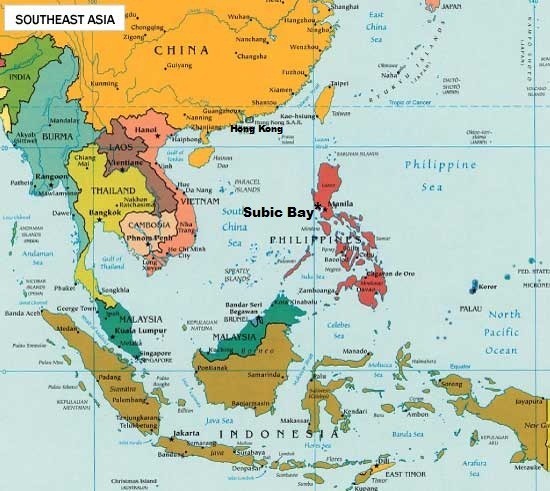Army
Fuel Consumption
The Army runs of fossil fuels, and on average the
DoD as a whole can consume as much fuel as a small country. The heavy reliance
on fuels has grown greater as vehicles have become heavier, and electronics in
the war zone have become integral to the nation’s ability to fight. The
following short article will highlight an area where the Army uses the most
fuel; ground vehicles, and where it is attempting to save fuel; generators. Oil
derived fuels accounts for around 80% of DoDs yearly energy consumption.
(Image 1)
As wars have continued to be fought, the modes of
transportation have changed from Personal Leather Carriers (Feet), to carts
drawn by horses, trucks, and now APCs, MRAPs, and helicopters. As vehicles have
gotten bigger and armor has been added, fuel consumption has also gone up to
meet the power demands required to move them. At the same time, a highly
digitalized battlefield requires that bases use large amounts of fuel to
provide the necessary electricity for electronics. All of this has resulted in
a rise in the fuel consumption of the Army, and other branches of service. On
average, total DoD fuel consumption is around
$13.3 billion dollars for around 932 trillion Btu. That is
about the same amount of energy that Nigeria uses each year. That is a lot of
energy.
As heavier vehicles have been added to the Army inventory, more fuel as been
required to operate them. The HMMWC has a fuel economy of about 14 mpg. An
MRAP, which is being used to supplement and replace HMMWVs in certain
situations, has no base model to compare but on average has a fuel economy
around 3 mpg. That’s over four and a half times worse than an unarmored HMMWV;
with armor added the fuel economy of the HMMWV drops dramatically. The added
armor and protection afforded by the MRAP is great on the battlefield, but hell
for the logistical side of war fighting.
(Image 2)
FOBs and major bases in Afghanistan utilize large
numbers of small generators. These generators are used from providing power to
recharge radio batteries, to powering computer and communications systems, to
providing energy to cook the food, provide warm water to shower with, and to
power the various devices used for surveillance and base protection. When fuel
runs out, generators of lower priority (such as those used for non-mission
essential items) will be switched off so that communications generators will be
kept running until more fuel arrives. In order to help reduce the amount of
fuel consumed now and save money in these financially tight times, new
technologies are being used to reduce the amount of fuel used at FOBs and bases
in Afghanistan. The Army began fielding a new generation of generators that
promise to consume 21% less fuel than the current fleet of generators, and also
claim to be 95% more reliable. This reduction across the board of generators
can have great impacts on the Army’s fuel consumption, as these generators
require less fuel more can be made available to the vehicles that go out on
patrol each day.

(Image 3)
These new generators will promise to reduce the
logistical foot print in Afghanistan as less fuel is required for their
continued operation. This will reduce the amount of fuel consumed by smaller
bases, which in turn will reduce the number of trips by ground vehicle or
airplane to provide supplies.
Overall with the large amount of fuel being used
throughout Afghanistan, the Army has to rely on ground transportation for areas
with decent infrastructure, and airplane resupplies to regions with inadequate
roads. The first method requires the use of a fleet of vehicles like the one
pictured above (image 1) to transport the fuel. They require their own fuel to
get to their destination, protection against attacks, and time to get where
they need to go. The Army’s heavy use of oil and other forms of energy may
prove to be a bigger problem down the line as money becomes stricter, oil
prices fluctuate to extremes, and as fuel and energy requirements increase as
vehicles continue to become bigger and heavier, and as more of the battlefield
becomes electronic. If the Army can continue to incorporate new technologies
such as the new generators and possible new domestic sources of fuel, it can
cut costs and divert more resources to R&D for future operations.
(Unfortunately, I could not hyperlink to any of the websites. The program
would not save correctly for some reason. Below are some of the sites used to
talk about fuel consumption, the MRAPs HMMWVs, and generators)
http://www.dailyenergyreport.com/how-much-energy-does-the-u-s-military-consume/
http://www.army.mil/factfiles/equipment/wheeled/hmmwv.html
http://www.army-technology.com/projects/maxxpro-dash/
http://olive-drab.com/idphoto/id_photos_mrap.php
http://www.army.mil/article/87545/
http://www.army.mil/article/62082/
Links added by Marshal Davout











